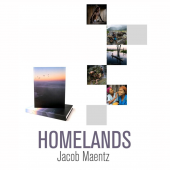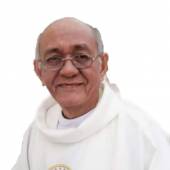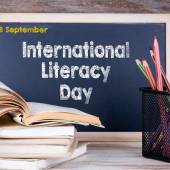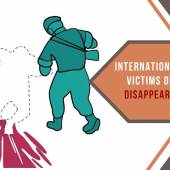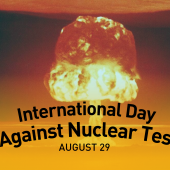International Day of the World’s Indigenous Peoples (August 9,2020)
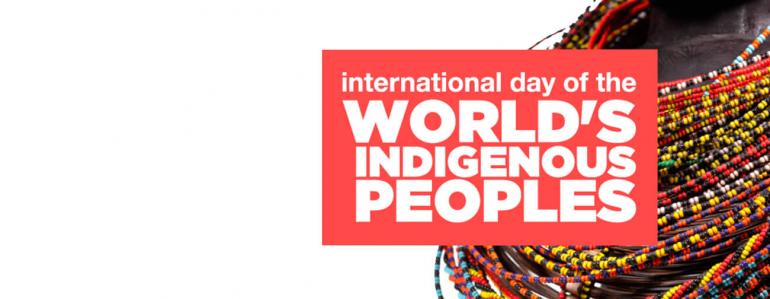
To raise awareness of the needs of these population groups, every 9 August commemorates the International Day of the World’s Indigenous Peoples, chosen in recognition of the first meeting of the UN Working Group on Indigenous Populations held in Geneva, Switzerland, in 1982.
Theme for 2020
This year’s theme is COVID-19 and indigenous peoples’ resilience and a special event will feature a panel discussion on the innovative ways indigenous peoples continue demonstrating resilience and strength in the face of the pandemic, while confronting grave threats to their survival.
Who are the indigenous peoples of the world?
Dictionaries define indigenous as "originating in a particular region or country; native; innate; inherent; natural.”
The word indigenous has many meanings. In every region of the world, many different cultural groups live together and interact, but not all of these groups are considered indigenous or native to their particular geographic area. In fact, it is those groups who claim a shared sense of identity who are internationally recognized as “indigenous peoples.”
Indigenous peoples are so-called because they were living on their lands before settlers came from elsewhere; they are the descendants—according to one definition—of those who inhabited a country or a geographical region at the time when people of different cultures or ethnic origins arrived.
The new arrivals later became dominant through conquest, occupation, settlement, or other means. Most indigenous peoples around the world have retained social, cultural, economic, and political characteristics that are clearly distinct from those of the other segments of the national populations.
Throughout human history, whenever dominant neighboring peoples have expanded their territories or settlers from far away have acquired new lands by force, the cultures and livelihoods—even the very existence—of indigenous peoples have been endangered.
COVID-19 and indigenous peoples’ resilience
While the exact origins of COVID-19 have not yet been confirmed, the link between environmental damage and pandemics is well known to leading research organizations. But there is yet another group of experts, who have been worrying about the threat of a pandemic even before COVID-19: indigenous peoples. Thanks to their traditional knowledge and their relationship with the natural world, they have long known that the degradation of the environment has the potential to unleash disease.
As we fight against the spread of the pandemic, it is more important than ever to safeguard indigenous peoples and their knowledge. Their territories are home to 80% of the world’s biodiversity and they can teach us much about how to rebalance our relationship with nature and reduce the risk of future pandemics.
Indigenous peoples are seeking their own solutions to this pandemic. They are taking action and using traditional knowledge and practices such as voluntary isolation, and sealing off their territories, as well as preventive measures.
Their challenges are our challenges
Indigenous communities already face a host of challenges, and the unfortunate present reality is that the effects of the COVID-19 pandemic are worsening these challenges further still.
Indigenous communities already experience poor access to healthcare, significantly higher rates of diseases, lack of access to essential services, sanitation, and other key preventive measures, such as clean water, soap, disinfectant, etc. Likewise, most nearby local medical facilities are often under-equipped and under-staffed. Even when indigenous peoples can access healthcare services, they can face stigma and discrimination. A key factor is to ensure services and facilities are provided in indigenous languages, as appropriate to the specific situation of Indigenous peoples.
Indigenous peoples’ traditional lifestyles are a source of their resiliency and can also pose a threat at this time in preventing the spread of the virus. For example, most indigenous communities regularly organize large traditional gatherings to mark special events e.g. harvests, coming of age ceremonies, etc. Some indigenous communities also live in multi-generational housing, which puts Indigenous peoples and their families, especially the Elders, at risk.
Furthermore, indigenous peoples already face food insecurity as a result of the loss of their traditional lands and territories or even climate change effects. They also confront even graver challenges accessing food. With the loss of their traditional livelihoods, which are often land-based, many indigenous peoples, who work in traditional occupations and subsistence economies or in the informal sector, will be adversely affected by the pandemic. The situation of indigenous women, who are often the main providers of food and nutrition to their families, is even graver.
Pope Francis and indigenous Youth
Pope Francis in his video message addressing to the world’s young indigenous people who were gathering for Indigenous Youth Gathering in Soloy, Diocese of David, Panama, in January 2019, encouraged them to hold on to their cultures and roots by fighting marginalization, exclusion, waste and impoverishment that is threatening them and build another world that is possible and that is more just and human.
Pope encouraged them “return to native cultures. Take care of the roots, because from the roots comes the strength that will make you grow, prosper and bear fruit. It must also be a way of showing the indigenous face of our Church and of affirming our commitment to protect the Common House and to collaborate in building another possible world, that is more just and more human.”
Pope also reminded the importance of the indigenous cultures saying, “take care of your cultures! Take care of your roots! But don't stop there: from those roots grow, flower, bear fruit. A poet has said that everything that the tree has in bloom, comes from what is underground, the roots.”
Radio Veritas Asia (RVA), a media platform of the Catholic Church, aims to share Christ. RVA started in 1969 as a continental Catholic radio station to serve Asian countries in their respective local language, thus earning the tag “the Voice of Asian Christianity.” Responding to the emerging context, RVA embraced media platforms to connect with the global Asian audience via its 21 language websites and various social media platforms.









